In my last post, I was wandering down the Ducal Way, the path taken by the Grand Dukes of Lithuania as they entered Vilnius, which started very near my bedroom, at the Gate of Dawn. In this post, I start with the other end of the Ducal Way - the Upper Castle, which sits atop Gediminas Hill, so-named because it is where Grand Duke Gediminas (crowned in 1315) established Vilnius as the capital of Lithuania. Lithuania did have one crowned King (Mindaugas), who managed to bring together the various Baltic tribes to form a cohesive country, Lithuania, but his successors were all Grand Dukes (although some were unofficially styled King).
The hill has actually been occupied since the stone ages. Originally built of wood, the castle came under numerous attacks from the Teutonic Order (with assistance from the future English King, Henry IV) trying to get Lithuania to adopt Christianity but never succumbed (another Castle, the Crooked Castle, did). In 1414, the then Grand Duke (Vytautas) rebuilt in brick, and it is still standing, albeit with some refurbishments and modernisation (still no toilet - for that, you need to catch the funicular). There’s not a whole lot going on inside - a few displays.
The roof is actually the best feature - it is open to the elements, so I could have a 360 degree view, although the elements themselves were causing some problems! This is the former armoury
Here are two shots of Vilnius, looking back up the Ducal Way and towards the river
For there to be an upper castle, there needs to be a lower castle, or Grand Ducal Palace to give it its proper name, and this is it. Originally, there was a wooden castle here, then a couple of iterations of a stone and brick castle and was essentially the political and administrative centre of Lithuania for four centuries. The Russians invaded in the 17th century and when they had gone, the building was not fit for purpose, so sat for about 150 years, unused, and falling to bits. The Russians came back at the end of the 19th century and demolished it, selling the bricks. Astonishingly, the Palace was rebuilt, and only completed in 2009. It is now a museum, with a lot of space devoted to telling the stories of the Grand Dukes.
To get there, I have to go back down these very steep steps and navigate some stone covered cobblestones, thankfully not the whole way. Coming up, I followed a path which was rather slippery, but I descend in luxury.
Here are some outside shots I have from the first time I walk past, not actually knowing what the building is (and before the snow).
Going in, the first thing to do is have coffee - I very much like the space, but the coffee costs more and tastes worse than any I have had in Lithuania.
The museum is split into four “tours” or routes to follow - I pick all four, but spend most time (a couple of hours) on the first one, which is all about the old castles and the Grand Dukes. There are remnants of the foundations of the former castles underneath the current one, with a few exhibits, such as the wooden water pipe and sewage run off.
There is a huge amount of information given about the Grand Dukes and about the relative status of Lithuania over the years, which is one of the reasons I take so long to get through this tour - I find it curiously fascinating. Thanks to Grand Duke Gediminas and the 200 year dynasty he started, Lithuania was a major power through to the 1570’s. Given current conflicts, I am surprised to find that Lithuania had been under attack from a group of states centred on Kiev, but that they were actually annexed by Lithuania. Then a deal was done in 1385, and the Grand Duke was married to the daughter of the deceased king of Poland and became King himself - in Wawel Castle, which I went to on the way through Krakow. Here’s how big Lithuania was at this point.
The second dynastic family is the Jagiellon family. Although Poland kind of thought it was the dominant partner and had allowed a Lithuanian Grand Duke to be their King, they got a bit annoyed when the nobles of Lithuania, without talking to Poland about it, elevated 13 year old Casimir Jagiellon to be Grand Duke, and that kind of meant he had to be King of Poland too, or there’d be trouble. He and his wife ultimately had six sons and seven daughters - and they were really a family of over-achievers! Four of the sons became king of a country, one became a Catholic cardinal and the other was declared a, wait for it, saint! As for the daughters, well, they were all married off to European princes. So, for a while the Jagiellon family created a form of empire but it only lasted a generation - then they came up against the Hapsburgs (the Austrian royal family). The Russians and Crimeans weren’t helping either, and at around the beginning of the 16th century, Lithuania started to lose lands - look at it in the 1560’s!
Then there were no more male Jagiellons to hold the throne, and various interlopers came in by marrying a female Jagiellon (or at least agreeing to) - such as the son of King Henry II of France. He not only never came to Lithuania but he reneged on his promise to marry Anna Jagiellon and ran away from Krakow to France when his father died, to ascend the throne there. I lose interest when these randoms start showing up as the Grand Duke. Mind you, it is kind of cool that a subsequent Grand Duke, Sigismund Vasa defeated the Muscovites and declared his son to be Tsar of Muscovy (essentially Russia as it was in the 1610’s), although that only lasted a year or so and since then, there have been two periods Lithuania has been part of Russia.
There are very few exhibits in the part of the museum, although I do like what counted for a 16th century knife and fork.
This is not part of the museum collection - it is the actual museum library.
The second “Tour” is of various state rooms, done up to represent how they may have looked.
This is the second audience hall - I am surprised at the modest dimensions of the seat on the throne - it seems rather shallow. Then we have this huge room for a clerk, followed one done in a style that Sigismund Vasa liked.
There’s a Great Hall, but it was never part of the original Palace but is used for events - it is three times the size of my house!
Speaking of events, there is some sort of musical presentation coming up in a day or two - I expect these two are practising for it. They sing beautifully, but their coach keeps stopping them and has them repeat.
And now we have the main audience or throne room - and it has a fireplace, not a heater like all the other rooms.
This library is part of the museum - I am not sure what is going on with the drawings!
I rush through the last two tours, but there isn’t much to them. One is about the Palace armoury, but they don’t actually have much left to show. The other is about a local merchant or magnate family, the Pacs - showing lots of pictures of them and how much property they had and how active they were in affairs of state.
And that’s my visit to the museum done. I reward myself by going back to a nearby café where I had had a marvellous pain au chocolat before I started - very yeasty pastry and two thick bars of chocolate. Since they still have some, I can’t refuse!
Cheers!






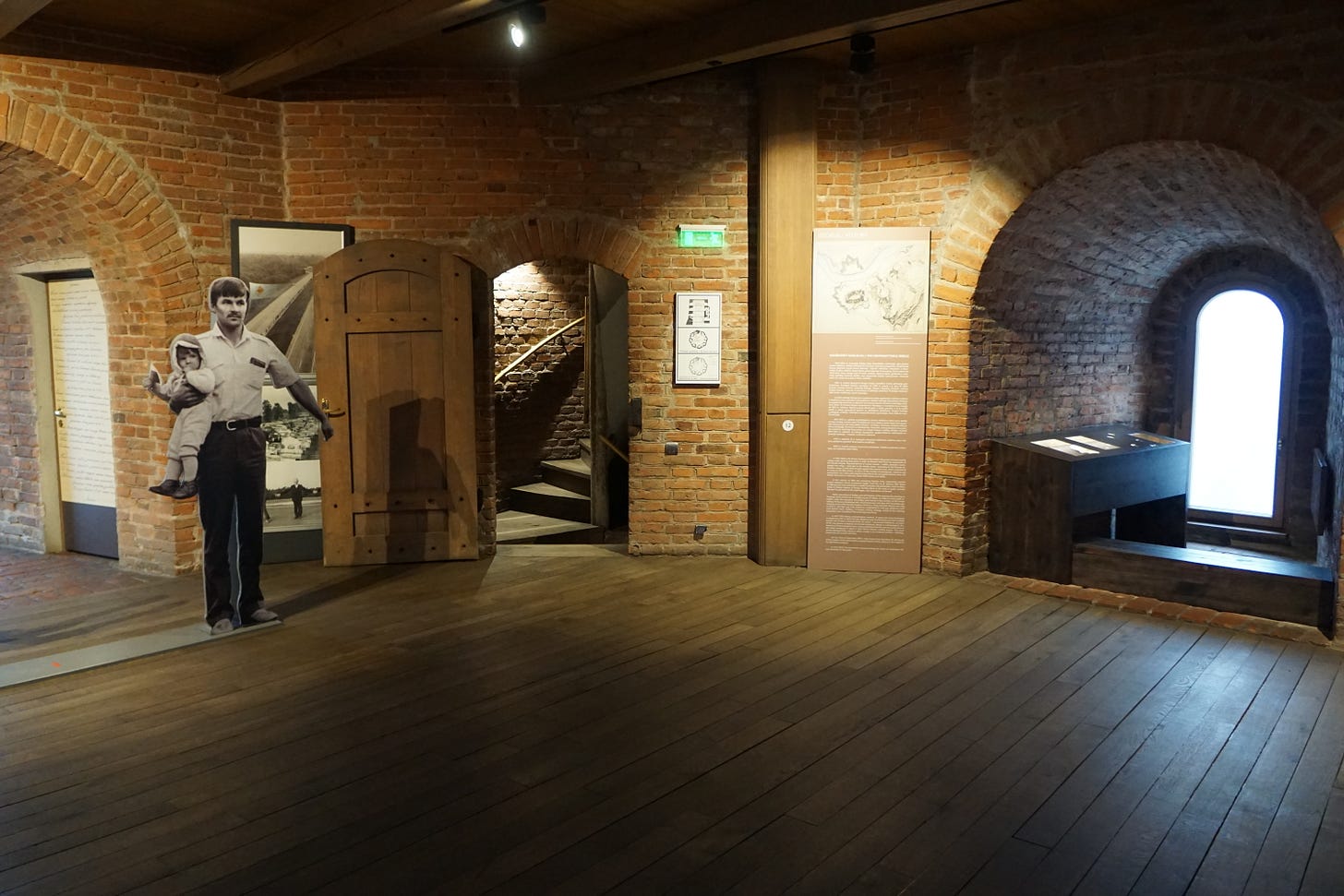

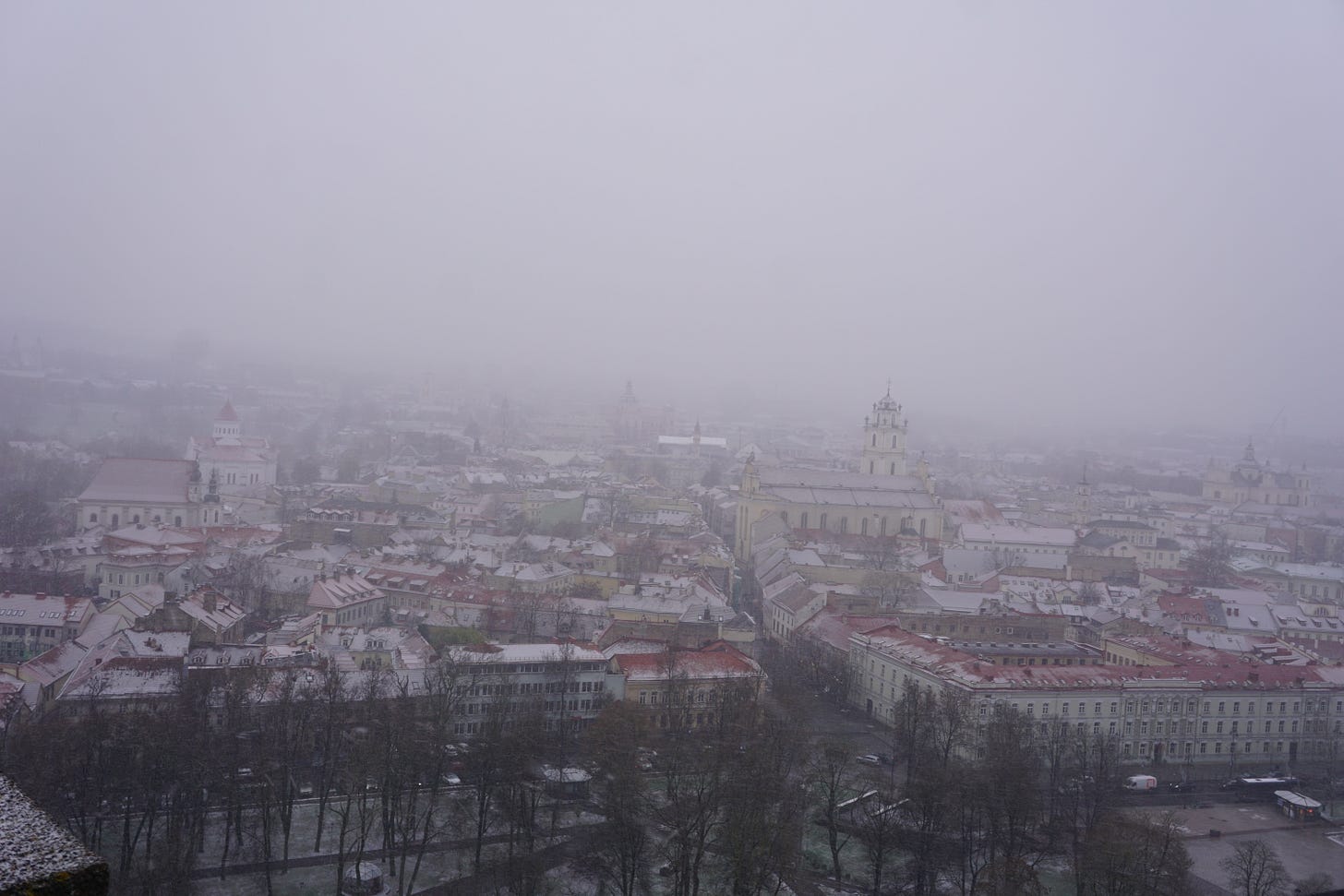

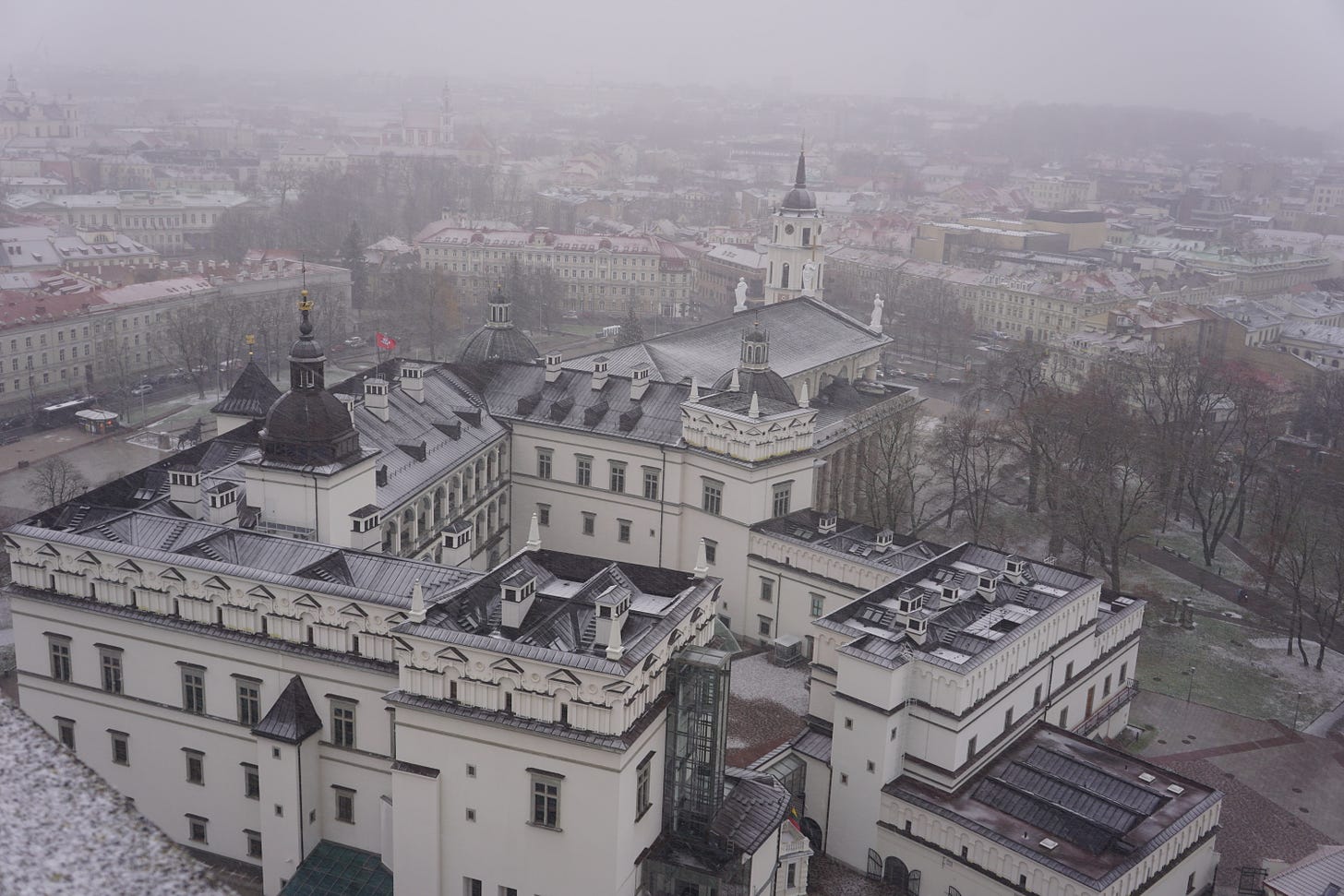
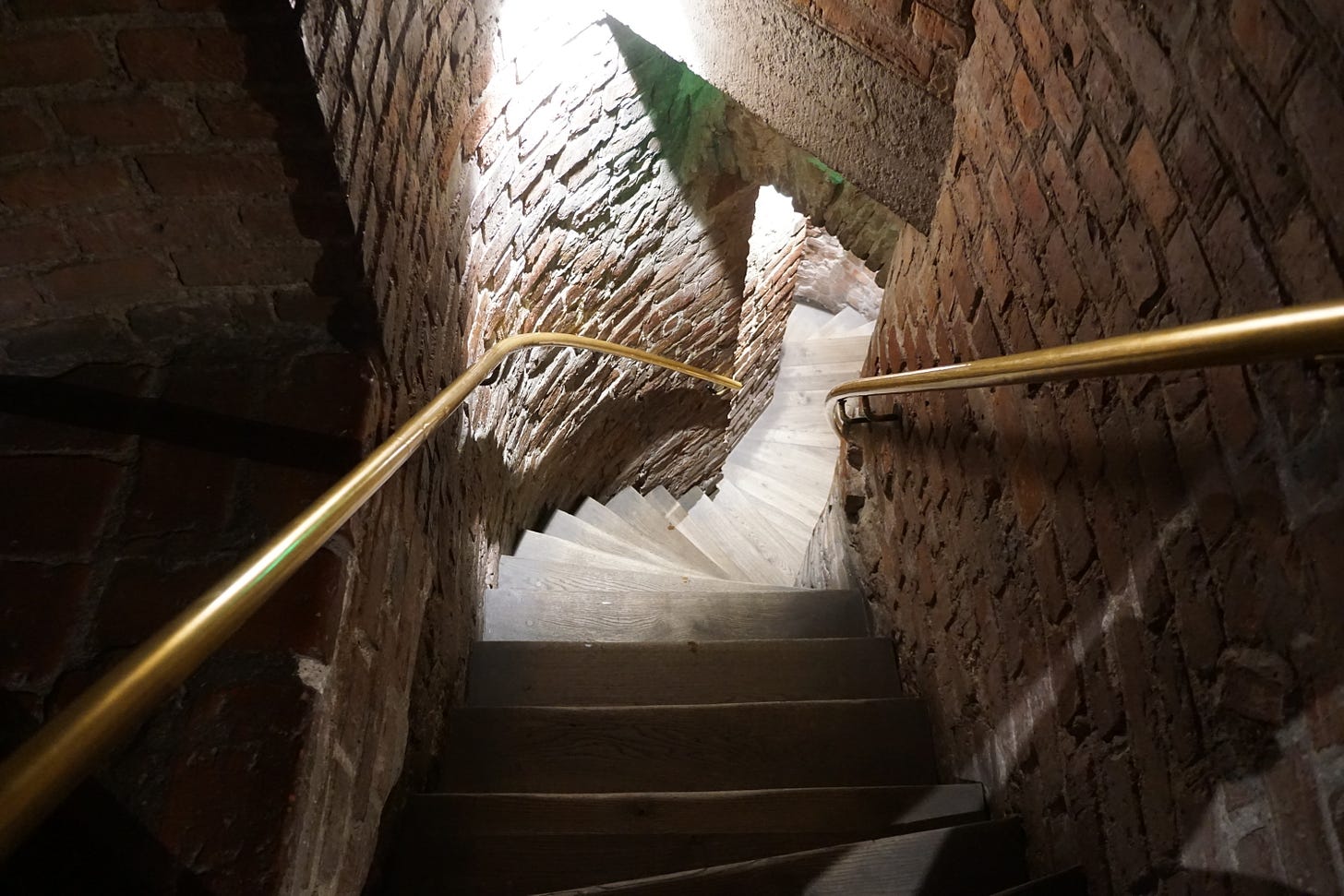

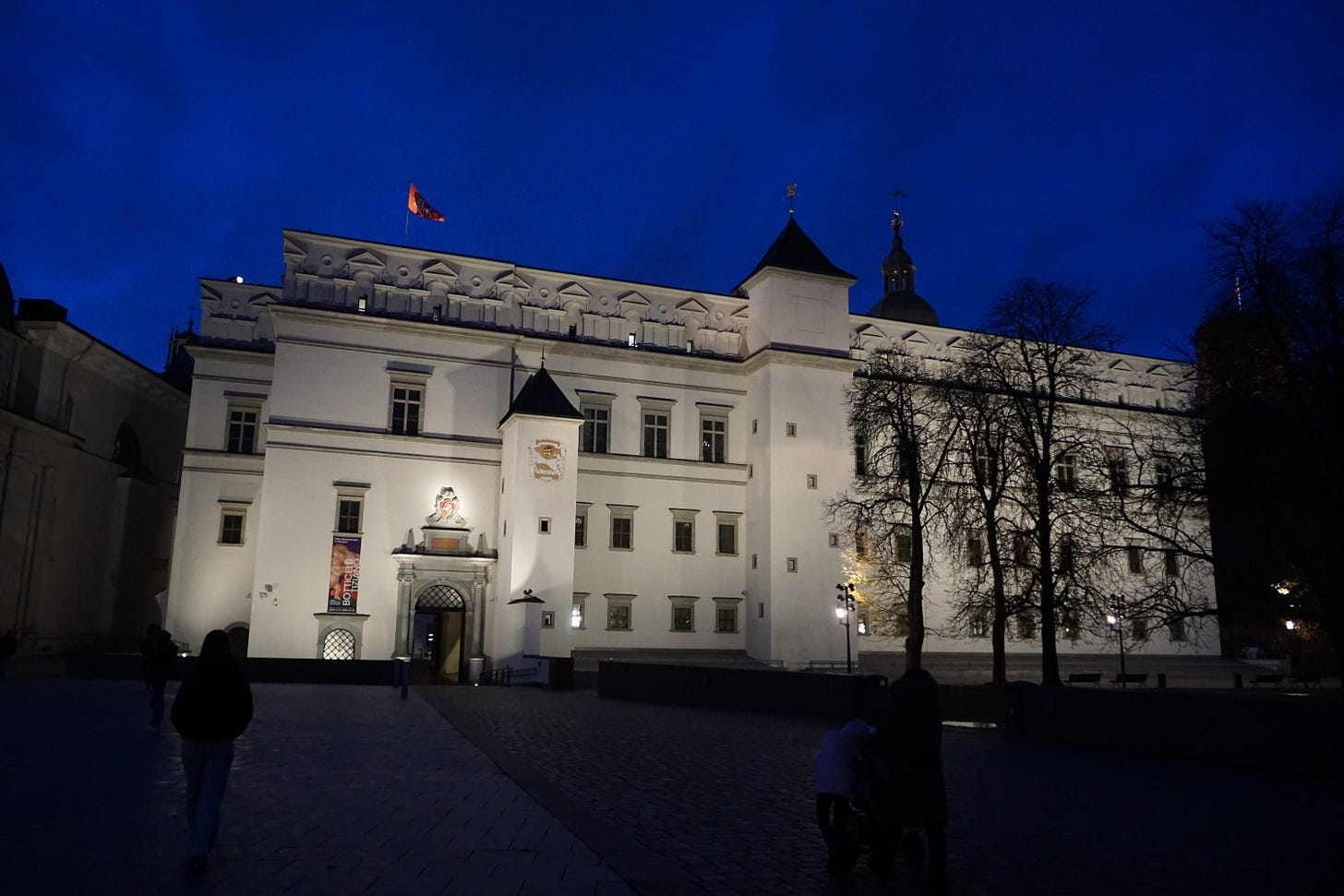
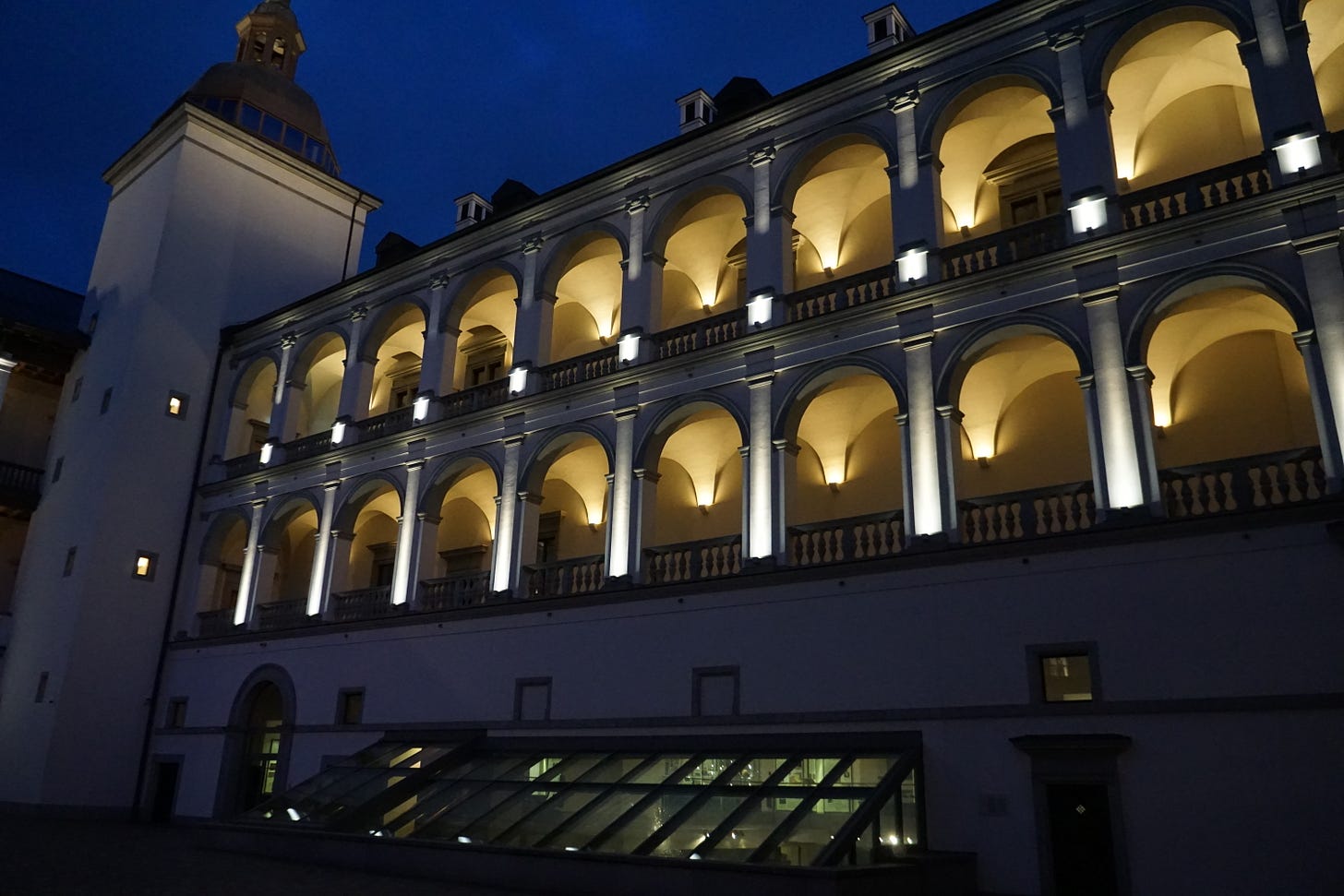
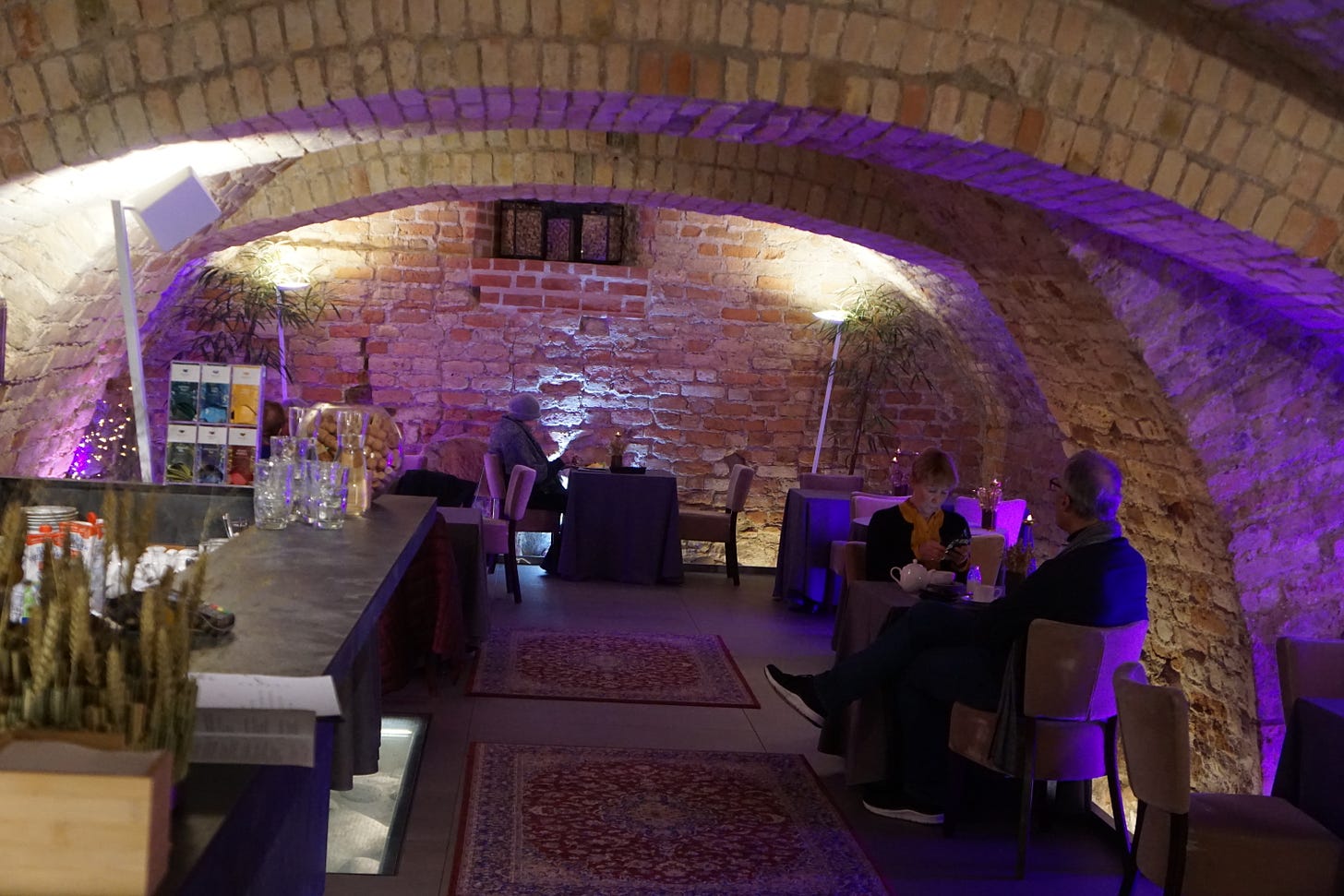

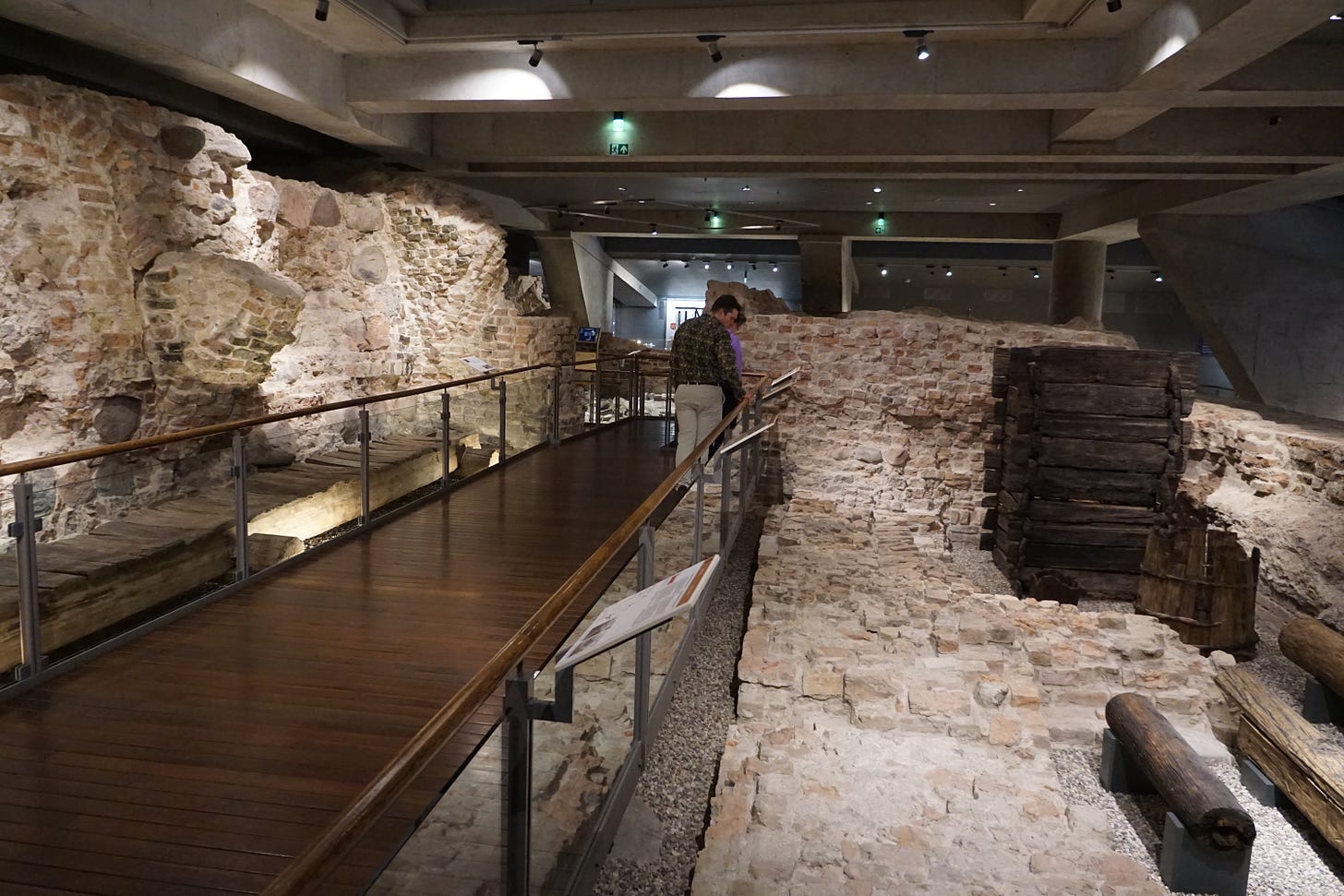
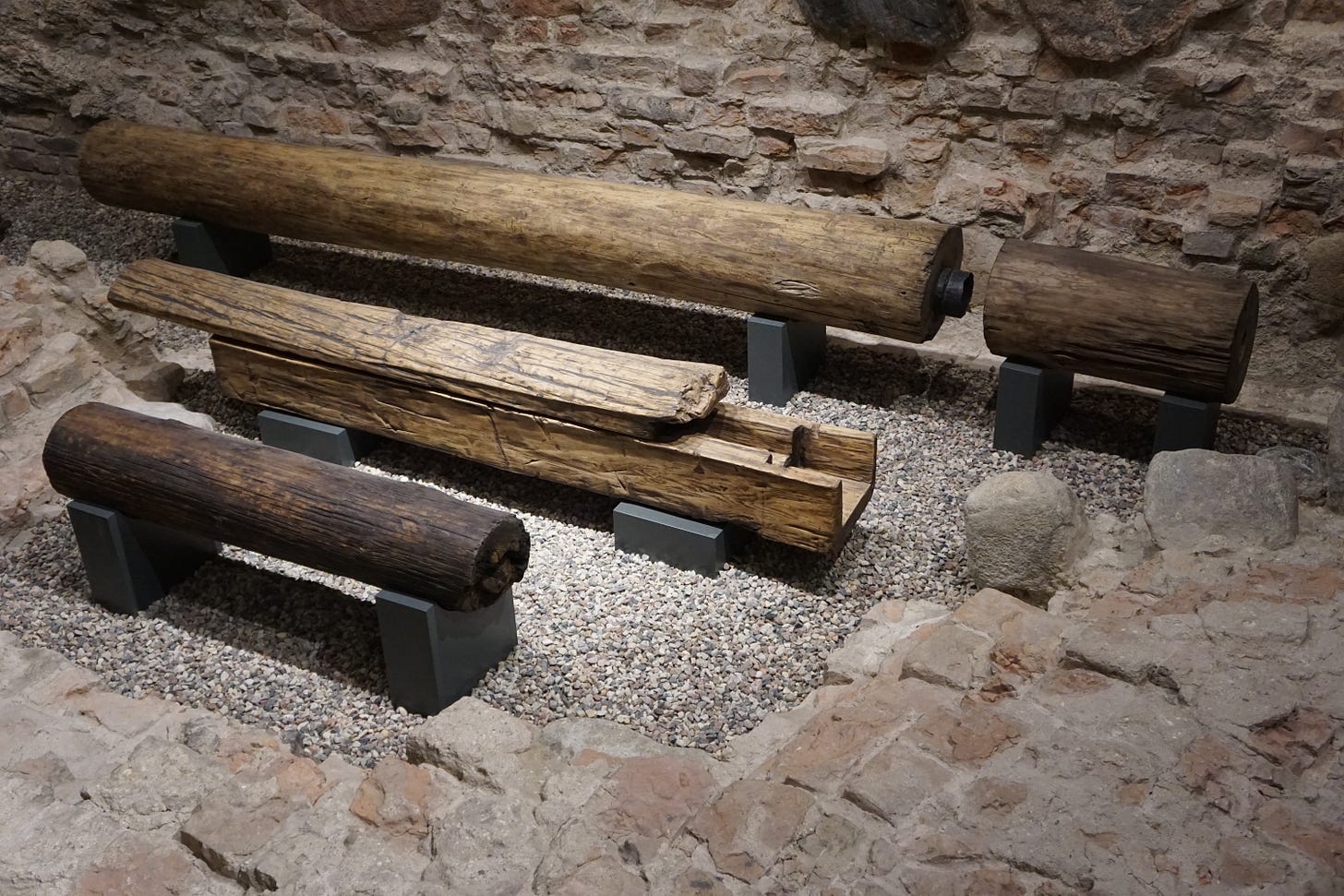



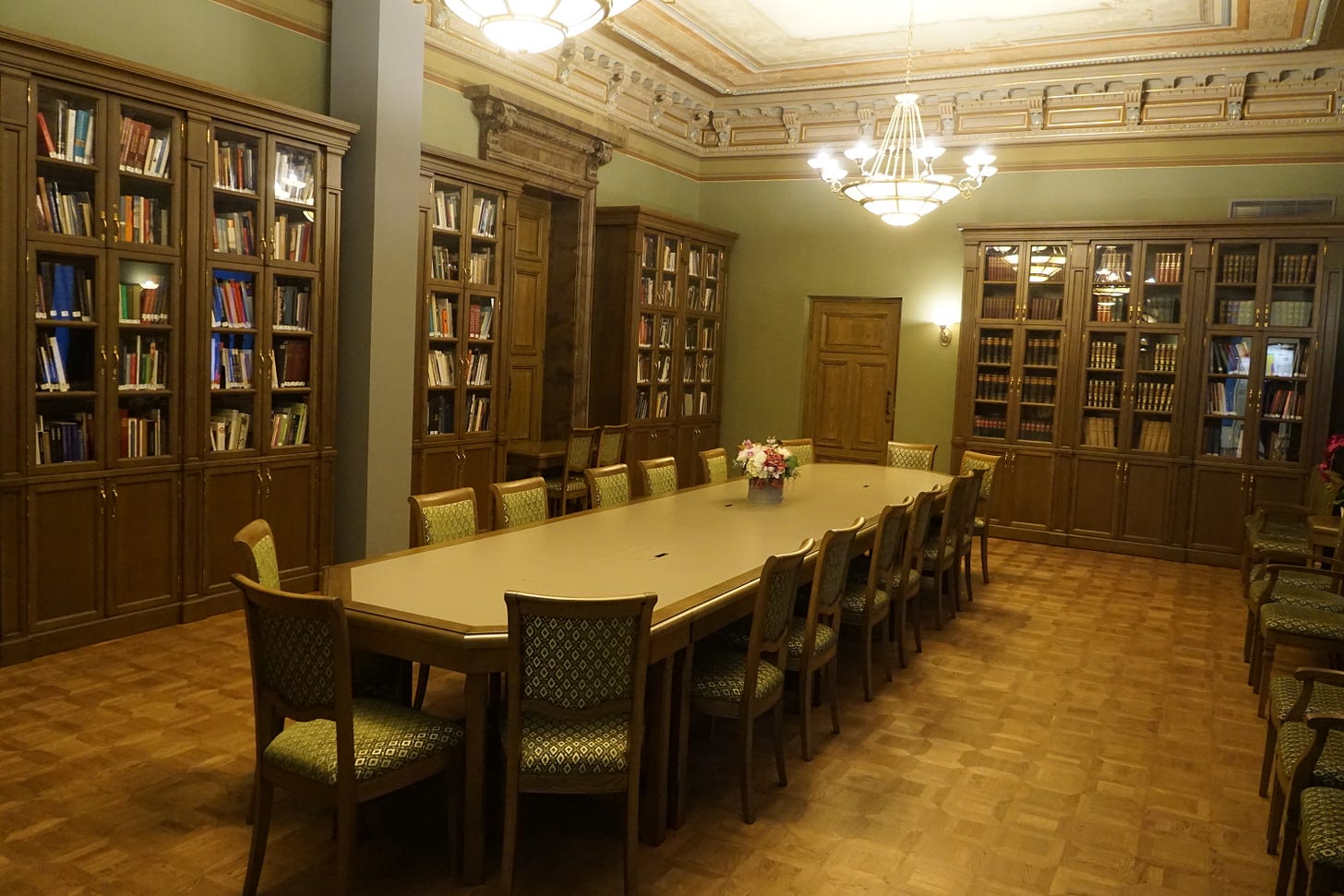

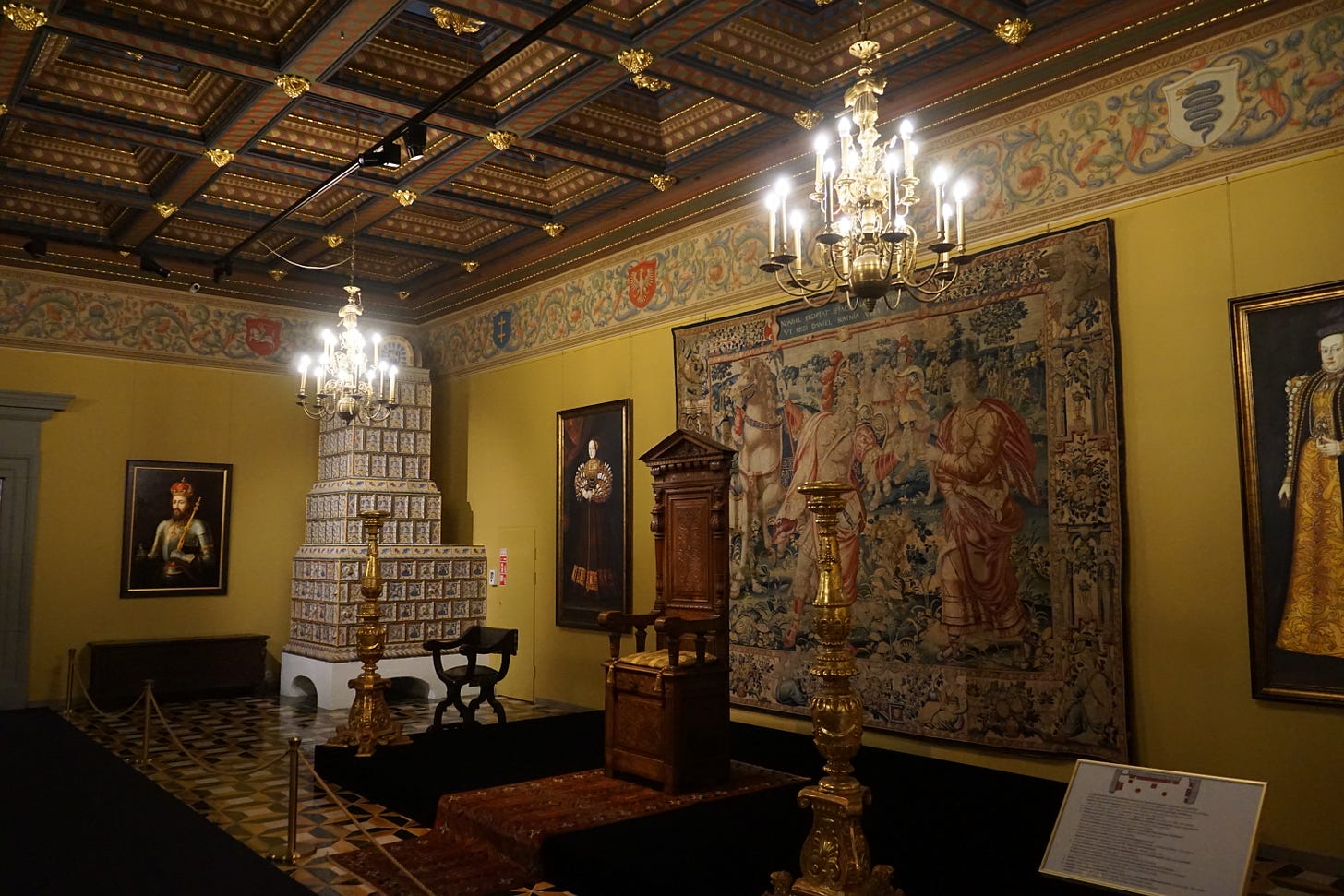


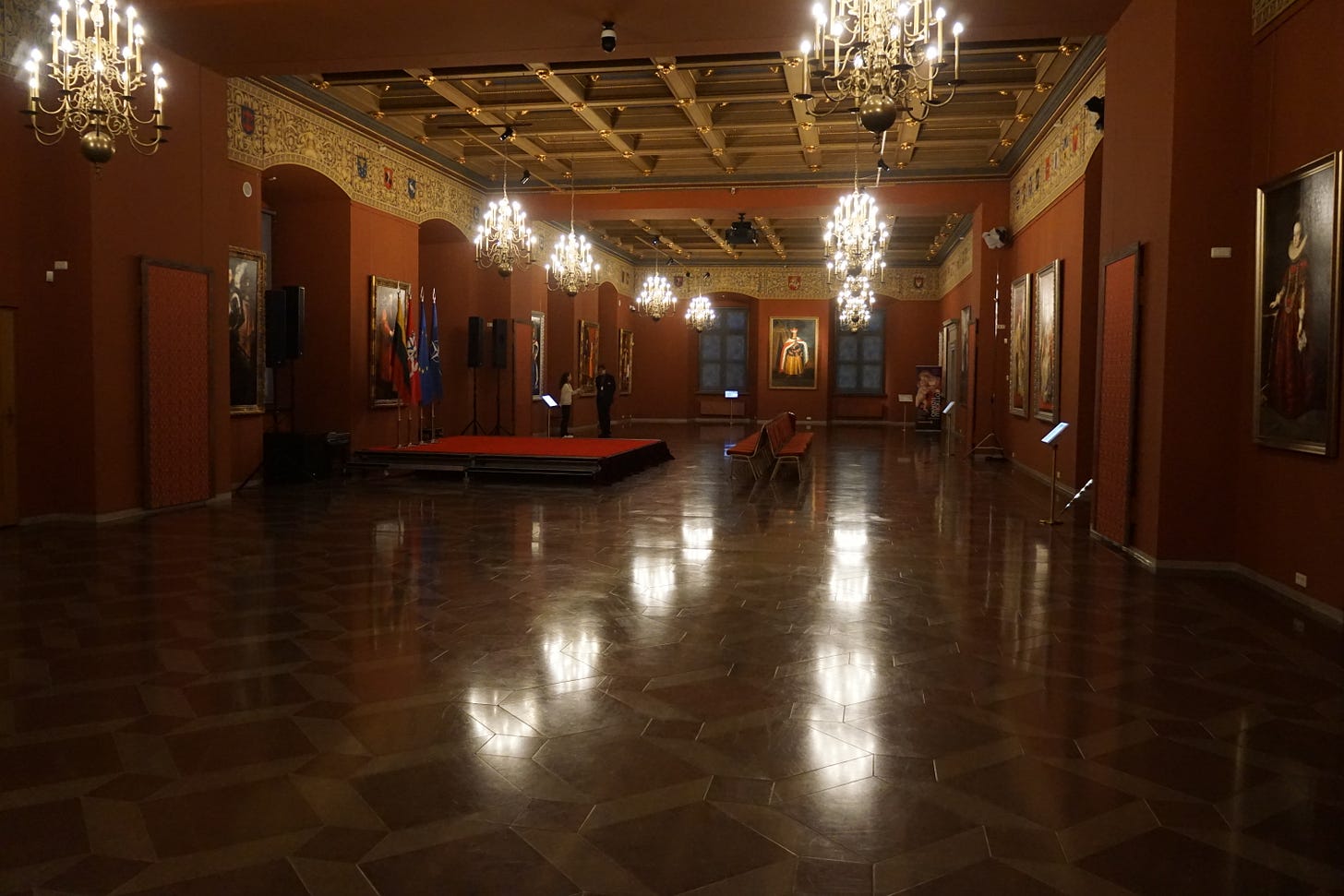

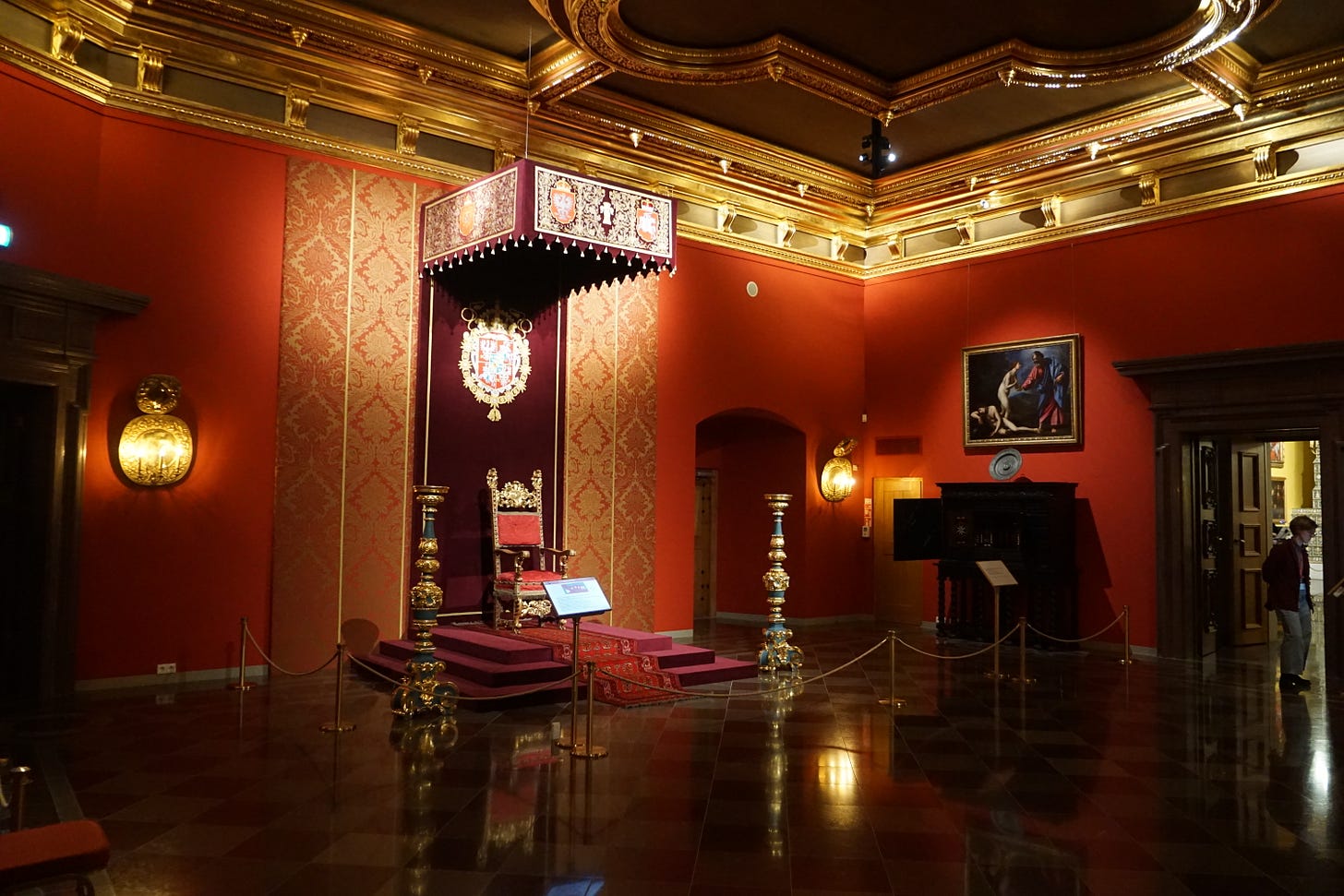
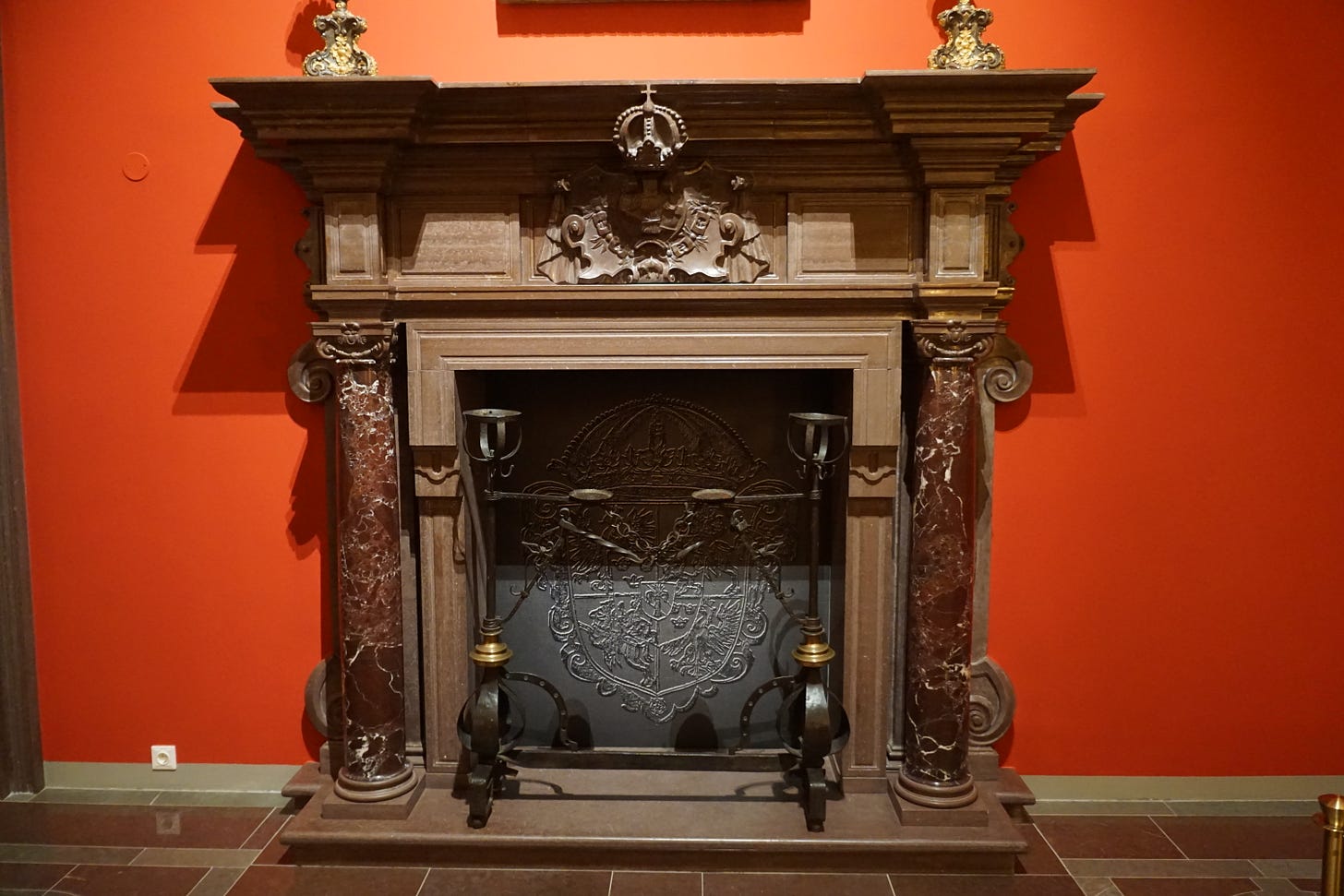

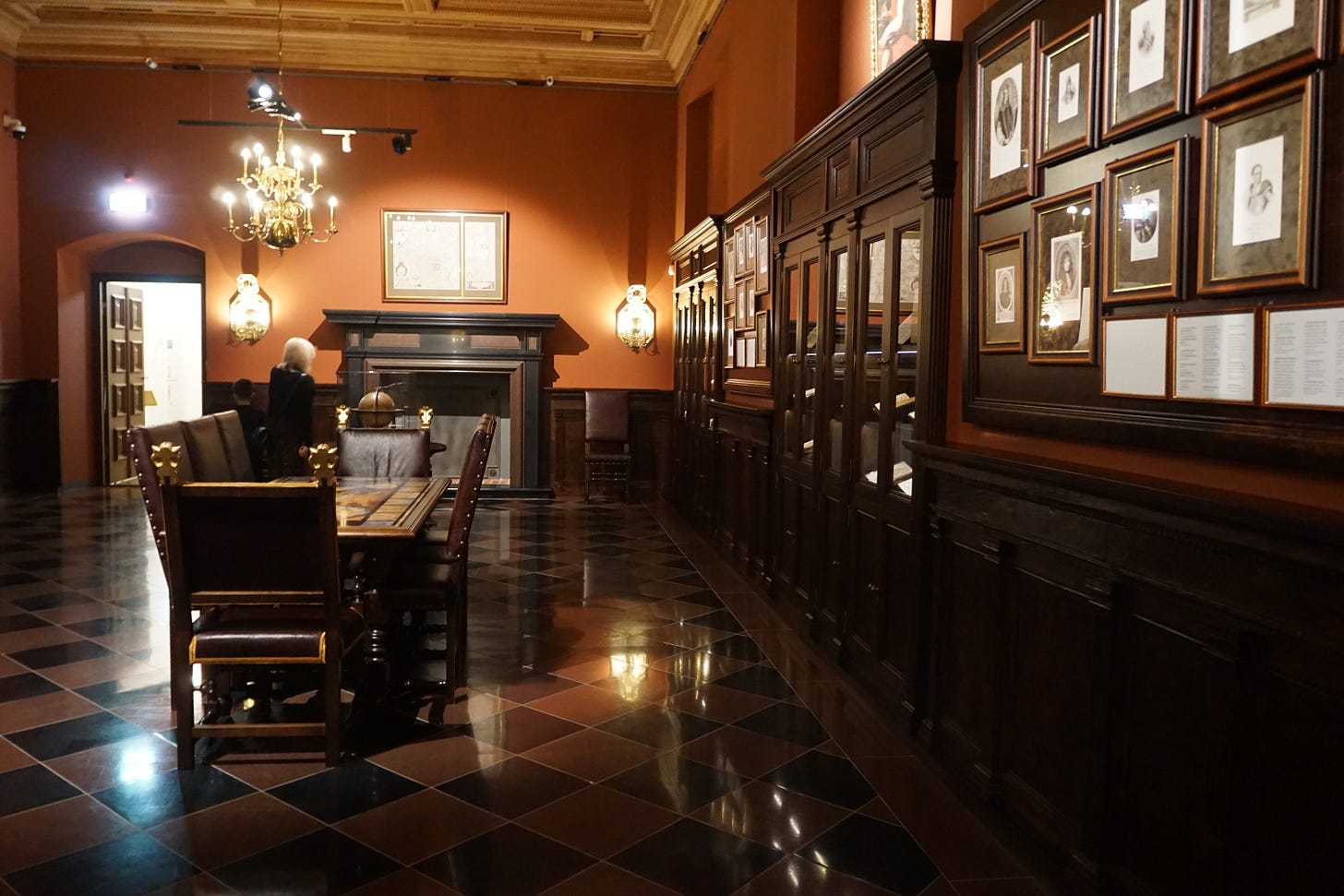
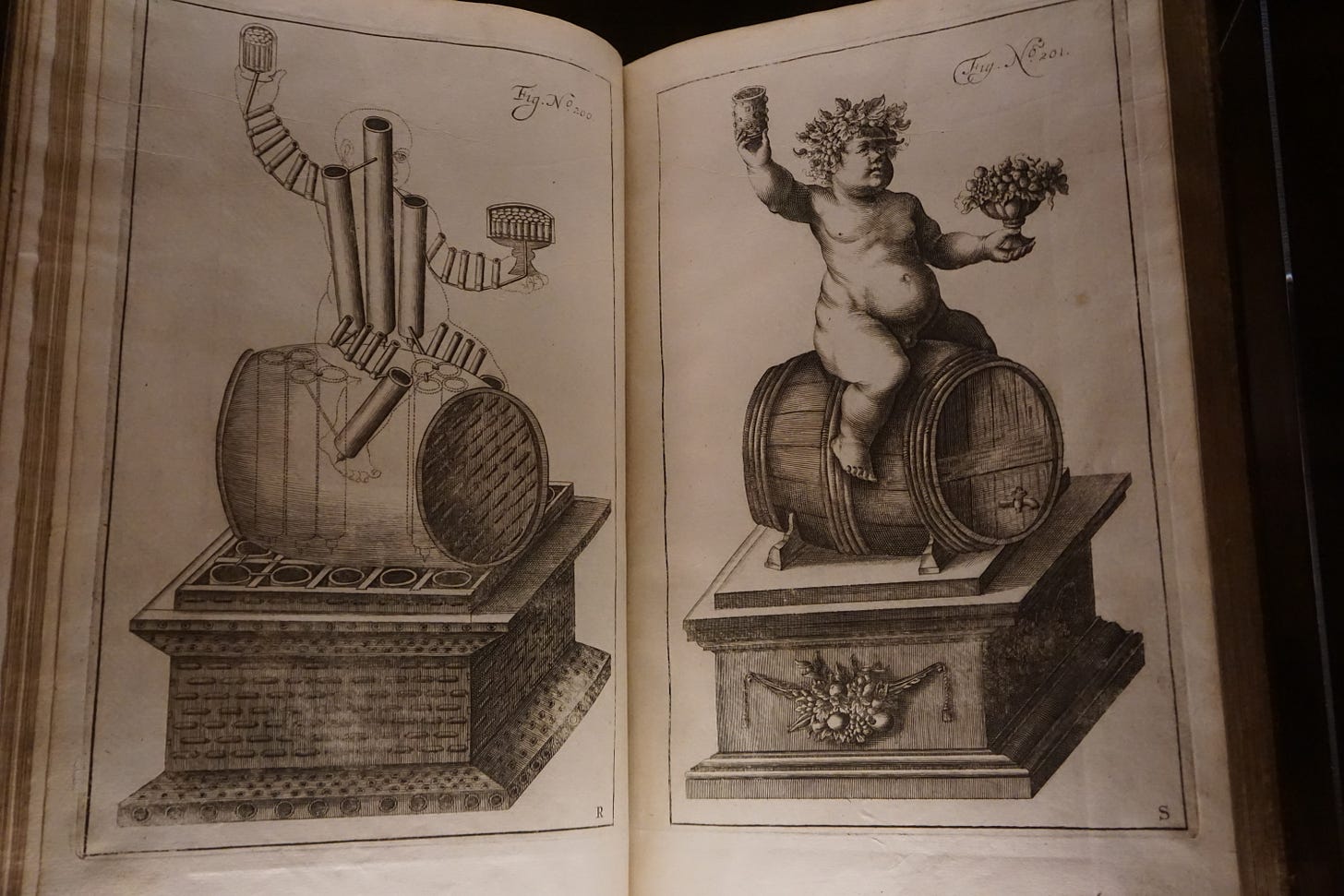
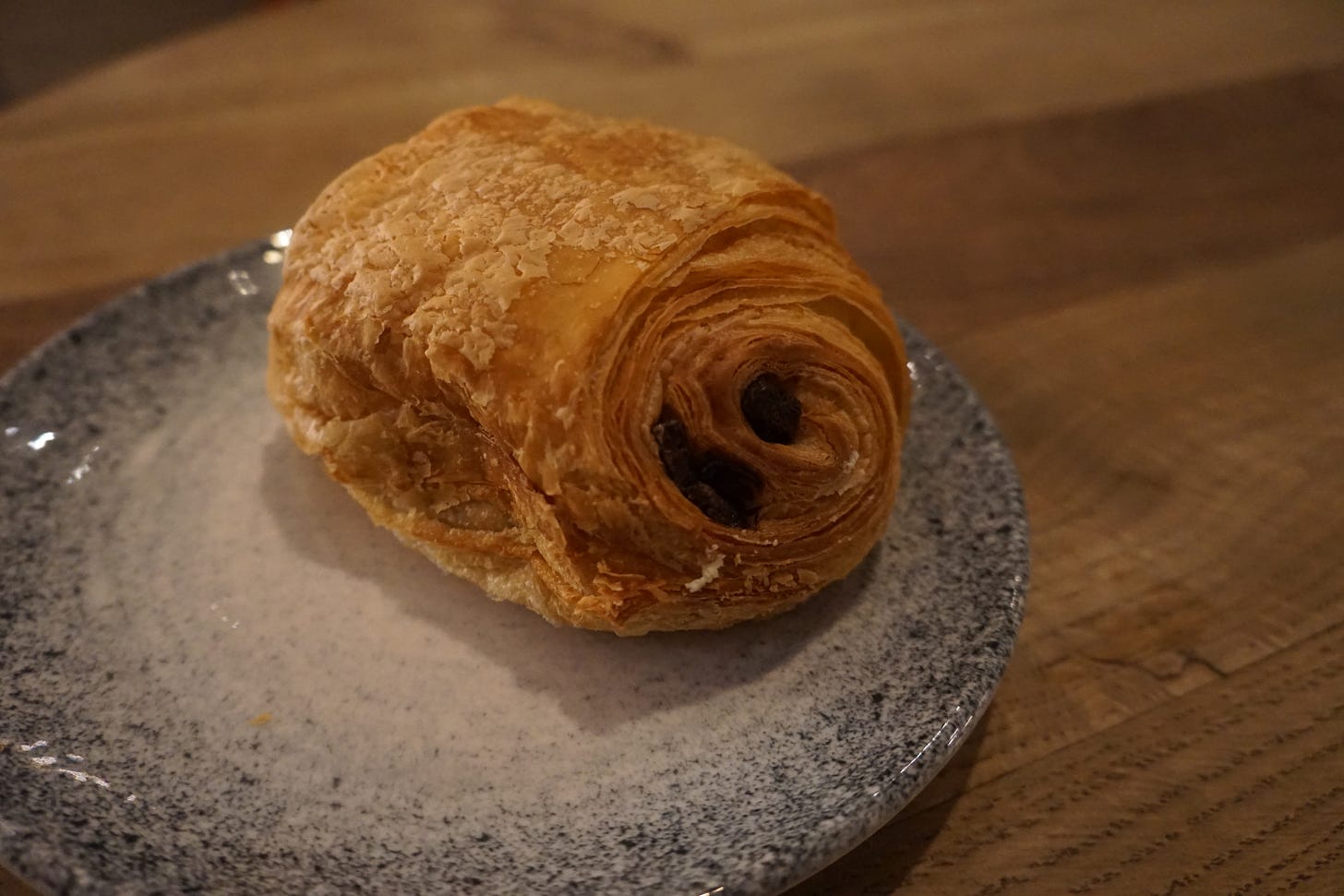
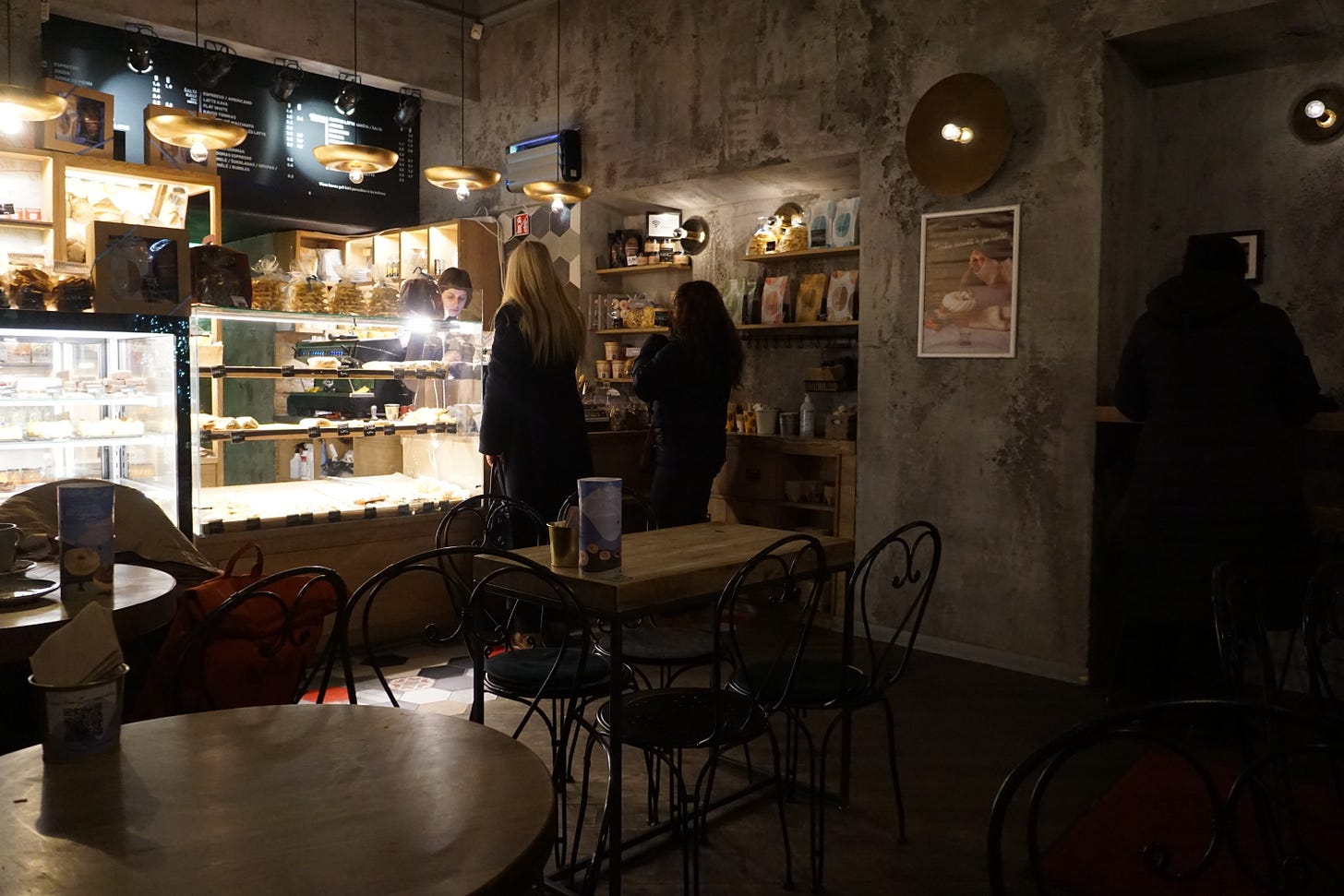
Fantastic post, especially on the history of Lithuania 👏